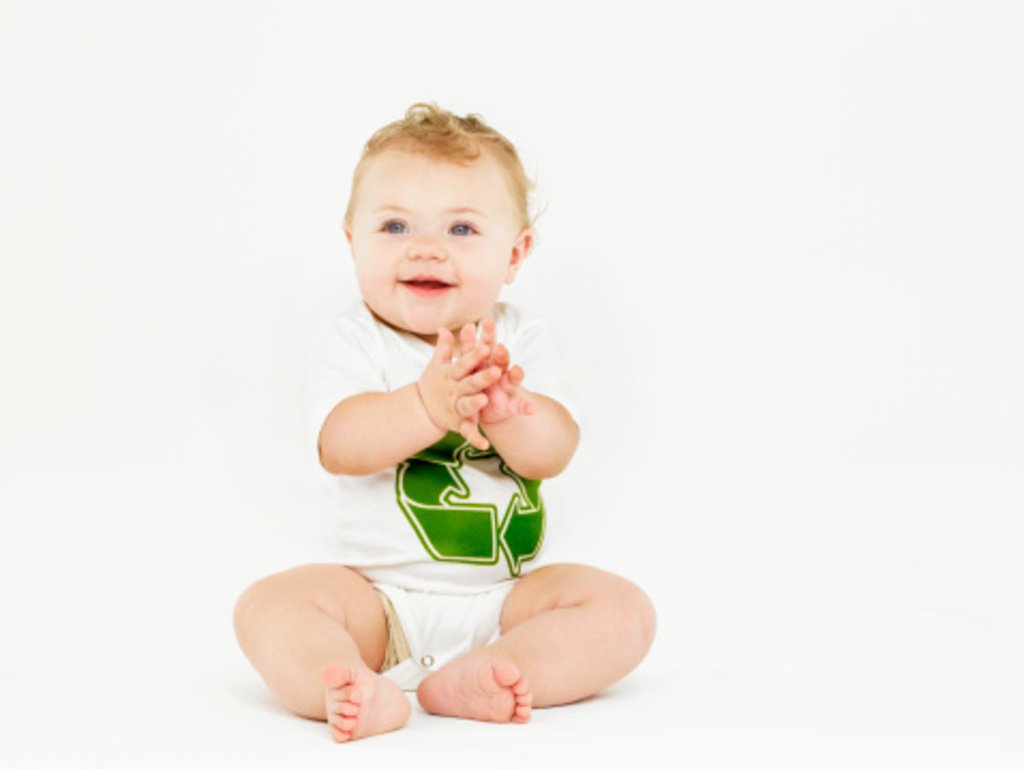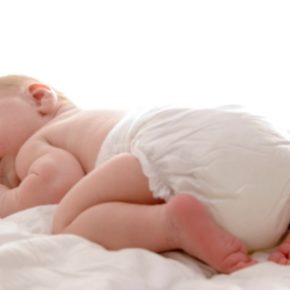 As an expectant mother you never want to hear about one more chemical laden product that you need to avoid, the list is never ending: soaps, lotions, clothing, bottles, toys, laundry detergent etc… So imagine my angst when I heard a rumor about diapers containing toxic chemicals. My first thought was my initial guilt over having my son in diapers and being none the wiser to the soggy bottom time bomb literally strapped to his arse. My second thought was “Let’s not get too ahead of ourselves and research this whole diaper hearsay.” Upon further research, I felt even worse.
As an expectant mother you never want to hear about one more chemical laden product that you need to avoid, the list is never ending: soaps, lotions, clothing, bottles, toys, laundry detergent etc… So imagine my angst when I heard a rumor about diapers containing toxic chemicals. My first thought was my initial guilt over having my son in diapers and being none the wiser to the soggy bottom time bomb literally strapped to his arse. My second thought was “Let’s not get too ahead of ourselves and research this whole diaper hearsay.” Upon further research, I felt even worse.
During the complex diaper making process, I sincerely had no idea so much went into it, apparently diapers are bleached with chlorine to achieve the soft white pillow look we all love. Unfortunately this process results in the unintentional creation of dioxin byproducts. According to the EPA, dioxins are among the most toxic chemicals known to science. Pulled directly from the WHO website:
“Dioxins are of concern because of their highly toxic potential. Experiments have shown they affect a number of organs and systems. Once dioxins have entered the body, they endure a long time because of their chemical stability and their ability to be absorbed by fat tissue, where they are then stored in the body.”
Let’s not forget about sodium polyacrylate this chemical agent is responsible for binding moisture to prevent leakage acting as an absorption component, the gel like crystals found in a soggy diaper and sometimes stuck to your baby’s bottom, are a result of this chemical reaction in process. The innocuous diaper snuggled tightly on your baby’s bum is quietly leaching moisture from the ever so delicate skin of your newborn or precious toddler, perhaps exacerbating the all too common diaper rash all mothers’ dread. While nothing on the scale of dioxins, why risk it if you’re looking for a less toxic, eco-friendly solution or if you’re trying to weigh the pros and cons of other alternatives.
Other chemicals found in said diapers are VOCS (volatile organic compounds) which I talked about before in my previous fracking article, the process of fracturing rocks to release natural gas trapped deep beneath our earth’s surface using billions of gallons of waters and numerous chemicals, how I can even manage to talk about diapers and fracking in the same sentence and it can actually relate is just plain scary. VOCS can be responsible for skin irritation, allergies, and respiratory upsets to more severe issues such as nervous disorders. According to healthychild.org:
“VOCs – One oft-cited study, conducted by Anderson Laboratories in 1999 and published in the Archives of Environmental Health, found that conventional disposable diapers do release chemicals called volatile organic compounds (VOCs), including toluene, ethylbenzene, xylene and dipentene. All of these VOCs have been shown to have toxic health effects with long-term or high level exposure.”
You can also find the good ole’ fashion chemicals such as fragrances, dyes, plastics, and petroleum in the cotton sarongs. It’s estimated that babies go through about 8,000 diaper changes from birth to potty training, so while some may consider diapers a given, diapers leave behind a large environmental impact and are significant when considering what a diaper is protecting. It’s worth a second glance. If we can look for more eco-friendly diaper options we can hopefully lessen the waste impact while protecting our babies’ bums!
Resources:
livestrong.com, chemicals in disposable diapers
healthychild.org


